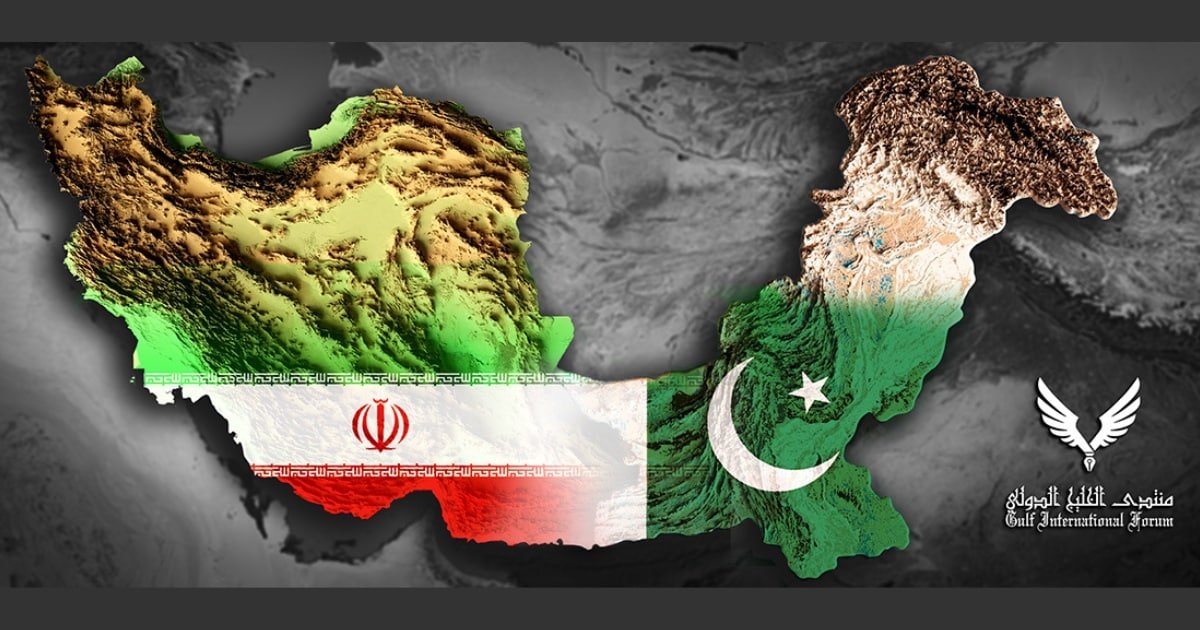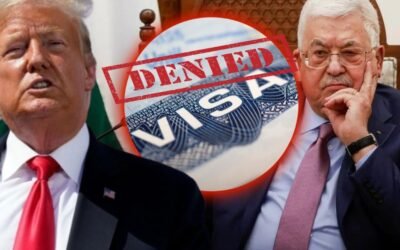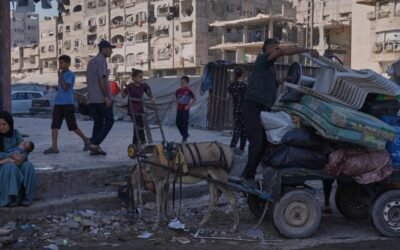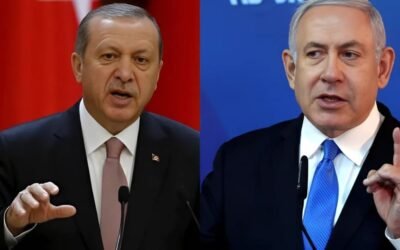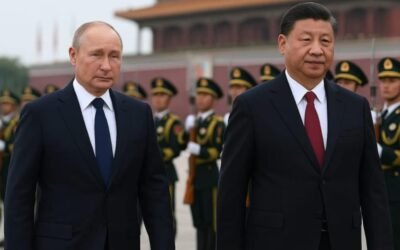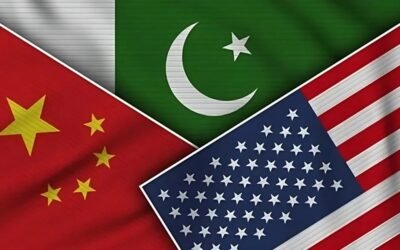On August 2, 2025, Iranian President Masoud Pezeshkian visited Pakistan with a top team for a two-day trip. That’s two Iranian presidential visits in two years—something’s definitely cooking! Pakistan and Iran go way back—like ancient history back. From the days of the Persian Empire to today, we’ve shared culture, language, and faith. We’ve teamed up in tough times, too: Iran helped during the Soviet-Afghan war, and Pakistan supported Iran’s defense projects. Sure, there’ve been ups and downs. Iran hasn’t always taken a clear stance on Kashmir. During the Iran-Israel conflict, Pakistan stood strong with Iran, calling out Israel’s aggression loud and clear. Iran appreciated it with chants of “Pakistan Tashakur Tashakur” (Thank you, Pakistan) in their parliament. Bottom line? Despite a few bumps, Pakistan and Iran are like brothers—ready to stand by each other in peace and in crisis.
Strategic Neighbors, Shared Futures: Unlocking Iran-Pakistan Potential
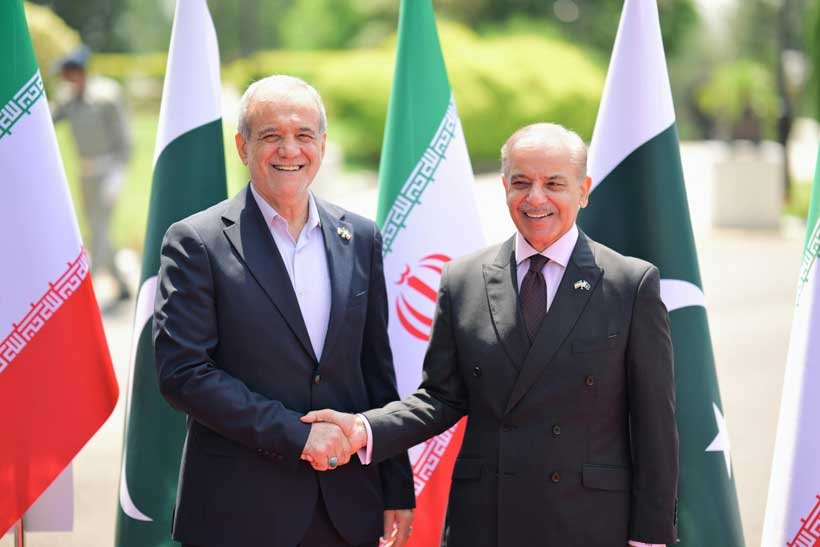
Source: X @GovtofPakistan
During a recent high-level visit, Pakistan and Iran signed 12 important agreements to boost their partnership. These cover a wide range of areas from trade, tourism, and agriculture to science, technology, and transportation. Both countries see great potential in working together, especially in energy, security, and regional stability. While the idea of stronger ties has always been there, this visit marks a real step forward. It’s not just about diplomacy—it’s about creating real opportunities for growth and development in both nations.
Tourism: Untapped Cross-Border Riches
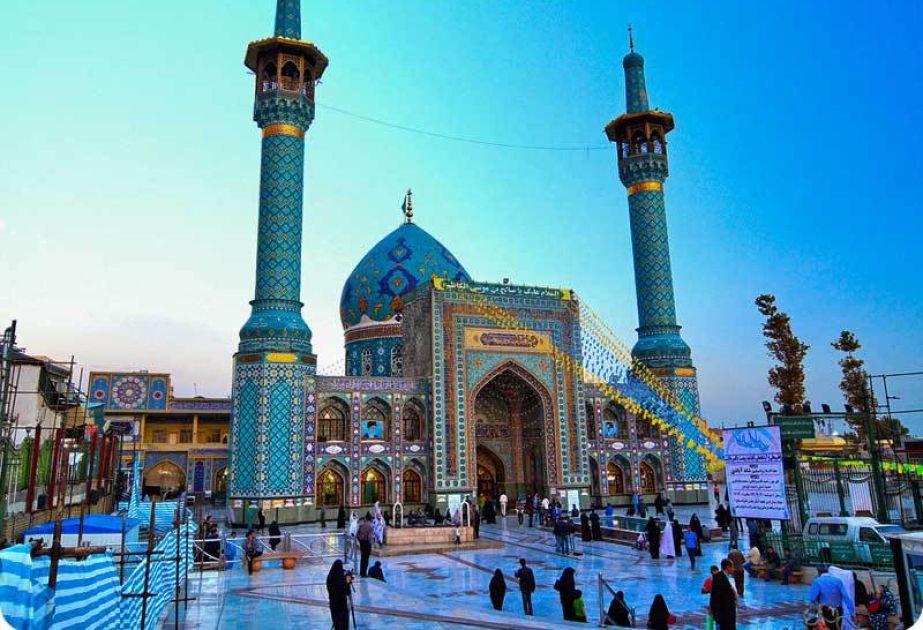
Source : Azer news
Pakistan and Iran have amazing places to explore—holy sites, ancient history, and stunning landscapes. Together, they can build exciting travel experiences for everyone. Imagine easy trips from Iran’s sacred cities like Mashhad and Qom to Pakistan’s famous Sufi shrines like Data Darbar and Sehwan. With smoother visas, special buses and trains, and joint tour packages, it can be a spiritual journey like no other. They also share deep history—from Persian roots in Sindh and Punjab to Mughal-era connections. The Makran Coastal Highway, linking Gwadar and Chabahar, offers breathtaking views of beaches, cliffs, and deserts—perfect for adventure lovers. Mountain areas along the border are great for eco-tourism. Tourist centers, safer travel routes, and easier visa options (like e-visas and group visas) can help more people enjoy these hidden gems. This is more than tourism—it’s about friendship, shared culture, and opening doors to new experiences.
You May Like To Read: China’s Position on Kashmir at the UN
Agriculture: Complementarity in Arid Lands
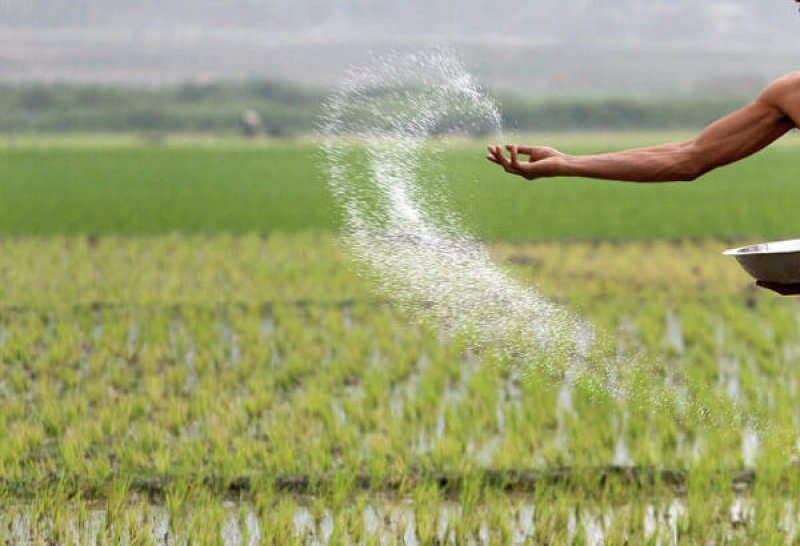
Source : Profit Pakistan Today
Pakistan is facing serious water challenges, but Iran has smart farming solutions—like drip irrigation, drought-resistant crops, and ways to save water. By teaming up, both countries can share knowledge and improve farming. Iran can provide fertilizers and pesticides, while Pakistan can export delicious fruits like mangoes and citrus, plus rice and vegetables. They can also work together to grow better seeds for dry areas, helping farmers get more from their land. Livestock and dairy is another area to explore. By sharing ideas on disease control and breeding strong animals, both countries can improve meat and milk production. Together, they can also tap into the growing global market for halal meat. This partnership can help farmers, boost trade, and strengthen food security for both nations.
Judicial & Legal Affairs: Building Trust Frameworks
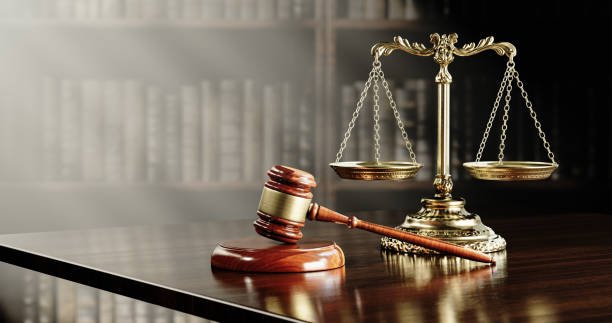
Source : iStock Photo
Pakistan and Iran can team up to fight big problems like drug smuggling, human trafficking, and terrorism funding. By sharing information and helping each other with legal matters, both countries can make the region safer. They can also make it easier for businesses to solve disputes, helping trade grow smoothly. And by starting exchange programs for judges and legal experts, both sides can learn from each other and improve their justice systems. Together, they can build a stronger, safer, and more peaceful future.
Industry: Synergies Beyond Energy
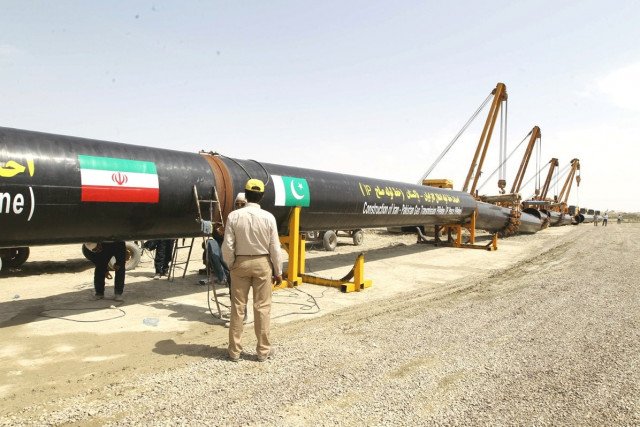
Source : The Express Tribune
Pakistan needs more energy, and Iran has it. By finishing the Iran-Pakistan gas pipeline and buying cheap electricity from Iran—especially for Balochistan—both countries can grow faster. They can also work together in making things like chemicals, car parts, clothes, and building materials. This means more jobs and better technology. Instead of competing, the ports of Gwadar (Pakistan) and Chabahar (Iran) can support each other. Each one offers something different for businesses and investors. Together, Pakistan and Iran can build a stronger, more connected future.
Science & Technology: Shared Challenges, Shared Solutions
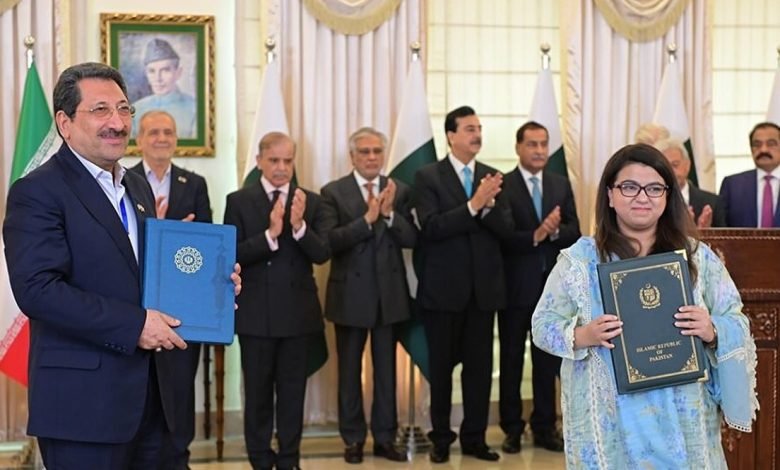
Source : Peak Point Islamabad
Pakistan and Iran can work together on smart projects that help both countries grow. They can share ideas and technology in farming, saving water, solar and wind energy, earthquake research, and protecting deserts and oceans—especially along the Makran coast. Students and teachers from both sides can join exchange programs, get scholarships, and even study together through joint degrees and online research networks. This will help young people connect and learn from each other. They can also build Technology Parks to support startups solving shared problems. In health, both countries can team up to develop medicines, vaccines, and affordable treatments. By working together in science, education, and innovation, Pakistan and Iran can create a brighter future for their people.
You May Like To Read: PsyOps in Counterterrorism
Transportation & Transit: The Gateway Potential
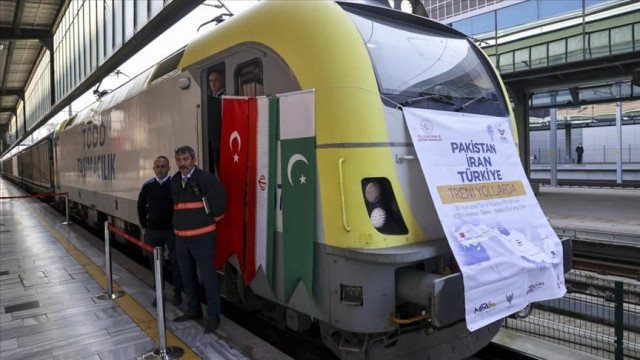
Source : The Express Tribune
Transit Corridors can be built by Pakistan as a land bridge for Iranian goods to China (via CPEC) and India (pending India-Pakistan relations). Conversely, Iran can become Pakistan’s gateway to Central Asia, the Caucasus, Russia, and Europe via the International North-South Transport Corridor (INSTC). Gwadar-Chabahar can be strategically positioned as sister ports serving different regional routes (Gwadar focused east / China, Chabahar focused west/Central Asia). Upgrade road/ rail links (Quetta-Taftan-Zahedan) and establish regular cargo/passenger rail service. Improve border crossing facilities (Pishin-Mand). Increase direct flights beyond Tehran-Islamabad / Karachi (e.g., Mashhad-Lahore, Shiraz-Islamabad).
Trade & Economic Cooperation: Overcoming Barriers
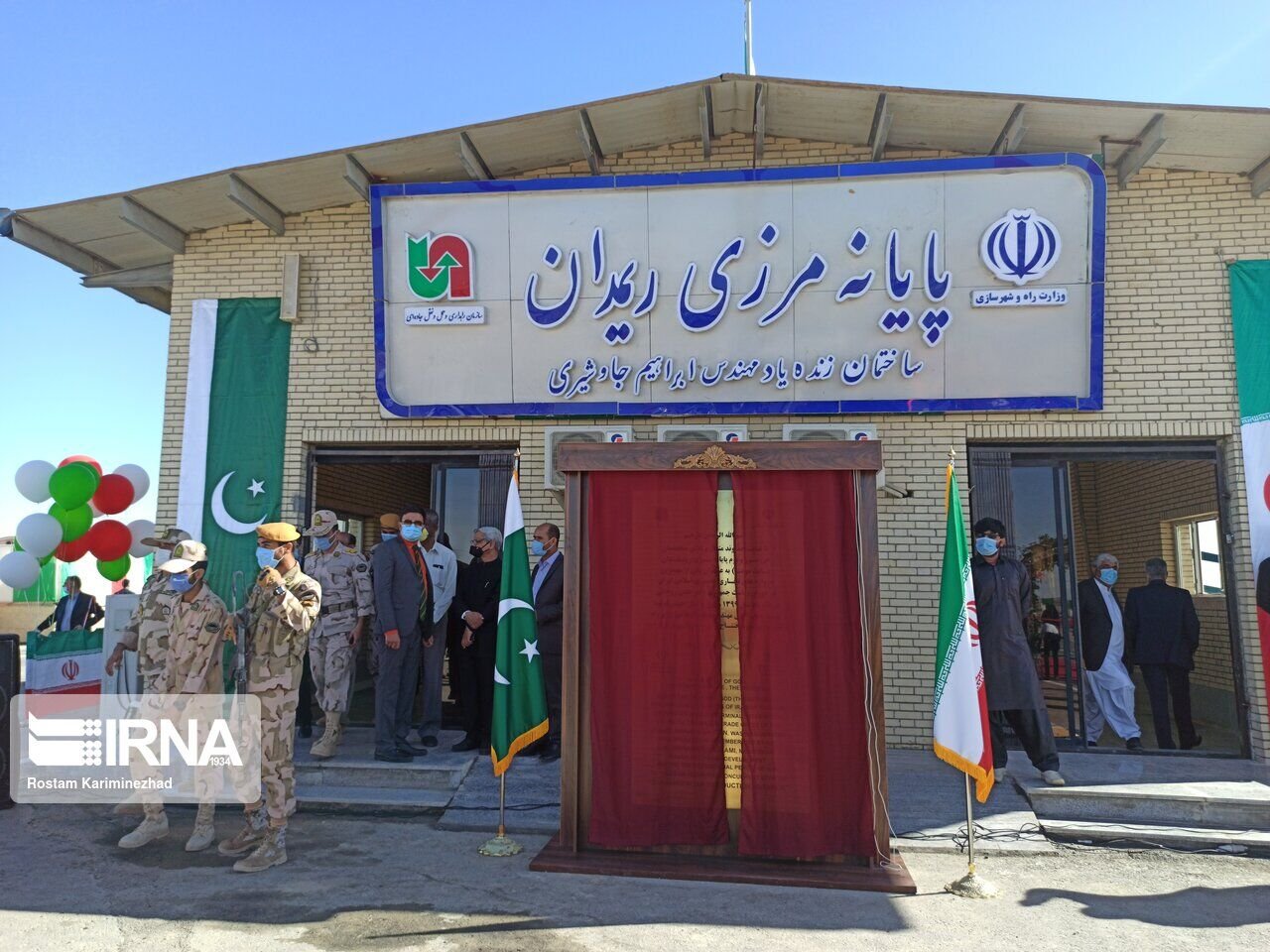
Source : IRNA
Pakistan and Iran already trade a lot—but much of it happens unofficially. To fix this, both countries can make customs simpler, improve border markets like Gabd-Rimdan, and set up banking systems that work even with sanctions—like barter deals or special currency accounts. They should also update their trade agreement to include more products and lower taxes, making trade smoother and fairer. Special economic zones near the border can help local businesses grow, but they need to be fully up and running. These zones can boost jobs, industry, and cross-border trade. By making trade official, easier, and better organized, both countries can grow stronger together.
The Balancing Act with the U.S
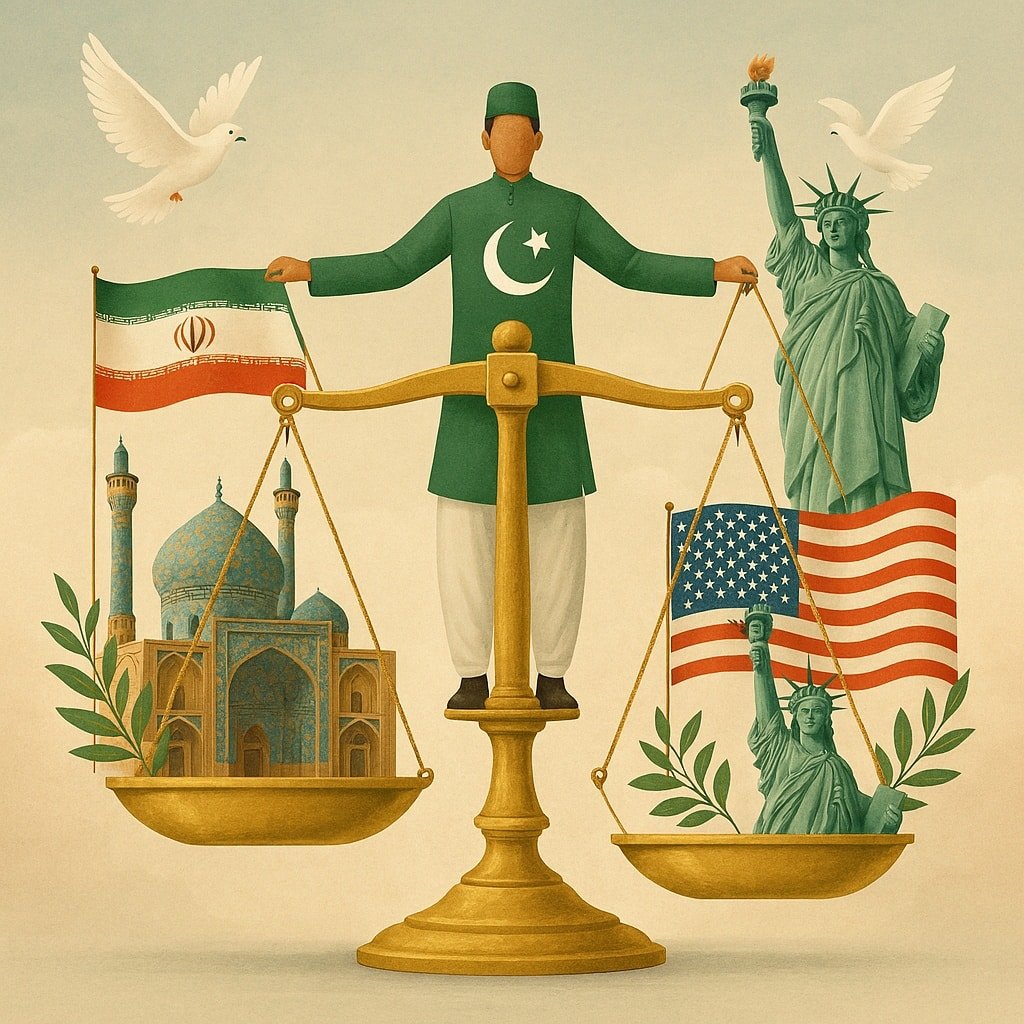 The United States wants its allies to keep a distance from Iran, mainly because of concerns about nuclear weapons, regional tensions, and support for certain groups. Pakistan often feels pressure to limit its ties with Iran and support U.S.-led security efforts in the region. This pressure is even stronger because Pakistan depends on financial help from the IMF and may need U.S. support in the future. Since the U.S. influences these institutions, Pakistan has to be careful not to upset them—even if it means slowing down trade or energy deals with Iran. Still, Pakistan is trying to balance both sides. It has recently made progress with the U.S., including a helpful deal that lowered tariffs on Pakistani goods. This shows that smart diplomacy can bring benefits. With a practical approach, Pakistan can protect its own interests, keep good ties with both countries, and find creative ways to work around challenges—especially when it comes to trade and energy with Iran.
The United States wants its allies to keep a distance from Iran, mainly because of concerns about nuclear weapons, regional tensions, and support for certain groups. Pakistan often feels pressure to limit its ties with Iran and support U.S.-led security efforts in the region. This pressure is even stronger because Pakistan depends on financial help from the IMF and may need U.S. support in the future. Since the U.S. influences these institutions, Pakistan has to be careful not to upset them—even if it means slowing down trade or energy deals with Iran. Still, Pakistan is trying to balance both sides. It has recently made progress with the U.S., including a helpful deal that lowered tariffs on Pakistani goods. This shows that smart diplomacy can bring benefits. With a practical approach, Pakistan can protect its own interests, keep good ties with both countries, and find creative ways to work around challenges—especially when it comes to trade and energy with Iran.
You May Like To Read: From Narcotics to Militancy
Pakistan needs to be careful and smart in how it manages ties with both Iran and the United States. Some areas—like border security, trade in non-sanctioned goods, cultural exchanges, and consular services—can be safely developed with Iran without causing trouble with the US. But big projects like energy deals or defense cooperation with Iran could lead to problems. So, Pakistan should focus on quiet, behind-the-scenes diplomacy instead of public announcements that may attract unwanted attention. By keeping open and honest talks with both Washington and Tehran, Pakistan can explain its position, reduce misunderstandings, and protect its own interests. This way, progress can be made without risking backlash or financial pressure.
Pakistan and Iran should intensify genuine cooperation to address cross-border militant threats through intelligence sharing, coordinated patrols, and joint operations. Demonstrate concrete results. This will build trust with Iran, remove a key source of friction, and undermine a primary US argument against close Pak-Iran ties.
Even with sanctions, Pakistan and Iran can still trade in smart and legal ways. They can use barter deals, special currency setups, and focus on goods that aren’t restricted—like food and medicine. Both countries should also work on projects that help people directly, like health and transport, which might get special permission even under sanctions. Pakistan also needs to spread out its economic partnerships so it doesn’t rely too much on the U.S. or any one country. This will help protect its economy, meet local needs, and reduce outside pressure. By being careful and creative, Pakistan can keep growing while staying within the rules.
Pakistan can use platforms like the Shanghai Cooperation Organization (SCO)—where Iran, China, and Russia are also members—to build stronger ties and solve regional problems together. It’s a friendlier space for dialogue compared to forums dominated by the U.S. By working through the SCO, Pakistan can promote regional solutions, gain support from other countries, and reduce pressure from outside powers. Quiet cooperation in such settings helps build trust and progress without attracting unwanted attention. This approach allows Pakistan to protect its interests while keeping good relations with everyone.
Pakistan needs to clearly explain its position to both the U.S. and Iran. Its main goals are economic stability, peace in the region, and protecting its borders. Any cooperation with Iran is based on Pakistan’s own needs—not aimed against anyone else. By sticking to international laws and focusing on peaceful solutions, Pakistan can build trust and show it acts independently. Quiet, steady diplomacy—rather than loud statements—helps avoid misunderstandings and keeps talks productive. This approach lets Pakistan protect its interests while keeping good relations with all sides.
Pakistan and Iran can begin with simple steps—like helping pilgrims travel, sharing culture, student exchanges, and small trade at border markets. These things build trust and friendship without causing problems with sanctions. They also help keep the relationship strong, even during tough times.Small efforts today can lead to big benefits tomorrow.
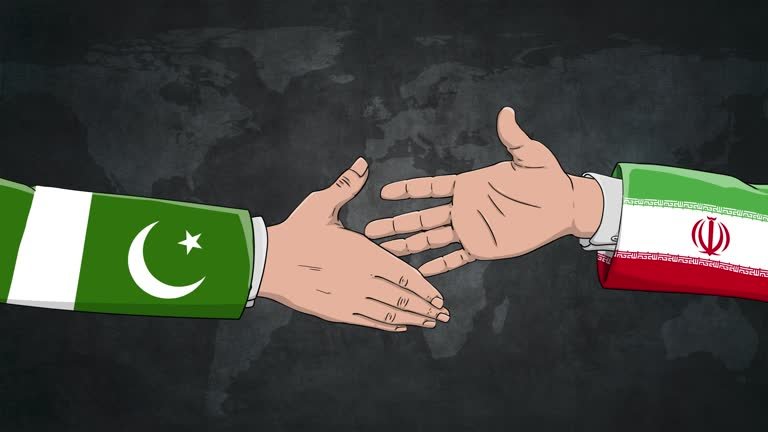
Source : iStock Photo
Pakistan is walking a tightrope between keeping good relations with Iran and handling pressure from the United States. It’s not easy—especially with U.S. sanctions and demands to take sides. In the past, some efforts didn’t lead to much. But Pakistan’s goal remains clear: promote peace and stability in the region. To succeed, Pakistan needs to focus on practical steps—like quiet diplomacy, cooperation on border security, and trade in safe areas like food and medicine. It should also keep talking to both sides, explain its neutral position, and make decisions based on its own national interests. By staying flexible, building a strong economy, and acting wisely, Pakistan can manage this complex situation without taking unnecessary risks. There’s no quick fix—but steady, smart actions can help Pakistan protect its future

